“Observe this stone bridge,” remarked author Vedat Akçayöz, gesturing toward the deteriorating remnants of a 10th-century bridge spanning the Arpaçay River, delineating the sealed boundary between Türkiye and Armenia.
“The fish under the bridge, are they Turkish or Armenian?”
The spectacular ruined city of Ani stands on one of the world’s most sensitive borders, dividing two countries with daggers drawn over their painful past.
Deserted now amid snow-capped peaks, Ani was once the capital of a medieval Armenian kingdom before it fell to the Seljuks in 1064. It was the first city the Turks took as they swept into Anatolia. Their sultan, Alparslan, converted its cathedral into his “conquest mosque.”
But its sack by the Mongols and an earthquake sent Ani into terminal decline.
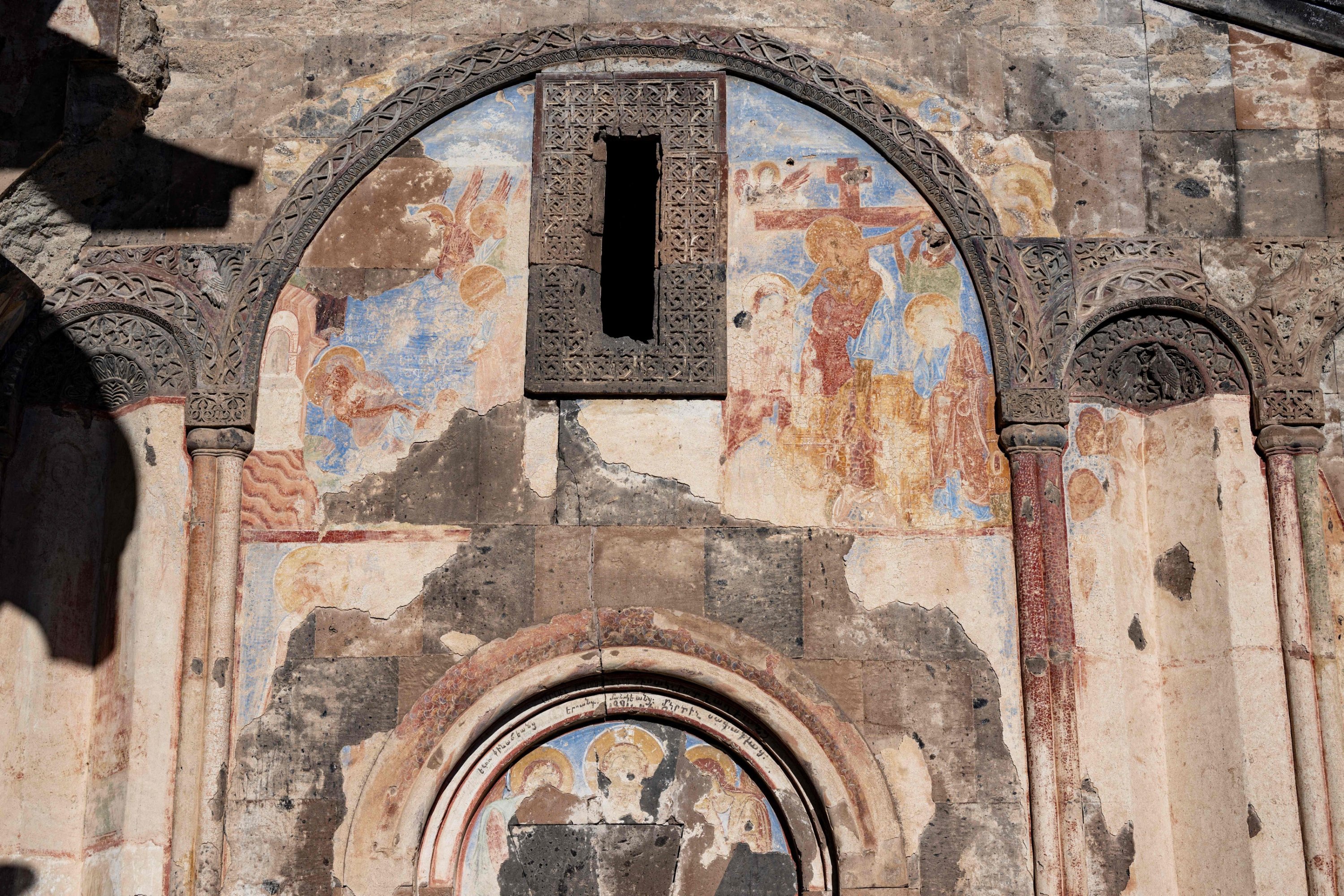
“This is the land conquered by our ancestors,” said Ziya Polat, governor of the nearby Turkish city of Kars. “Sultan Alparslan’s first Friday prayer, the first Turkish mosque, the first Turkish cemetery and the first Turkish bazaar are all here,” he added.
With such symbolic importance to both sides, historians and officials hope restoring the UNESCO World Heritage site might ease relations.
Akçayöz, who wrote a book on the ruins, said Ani is “humanity’s common heritage.”
“Ani was Zoroastrian, Ani was shaman, Ani was pagan, Ani was Christian, Ani was Muslim, Ani was yours, Ani was ours,” he told Agence France Presse (AFP).
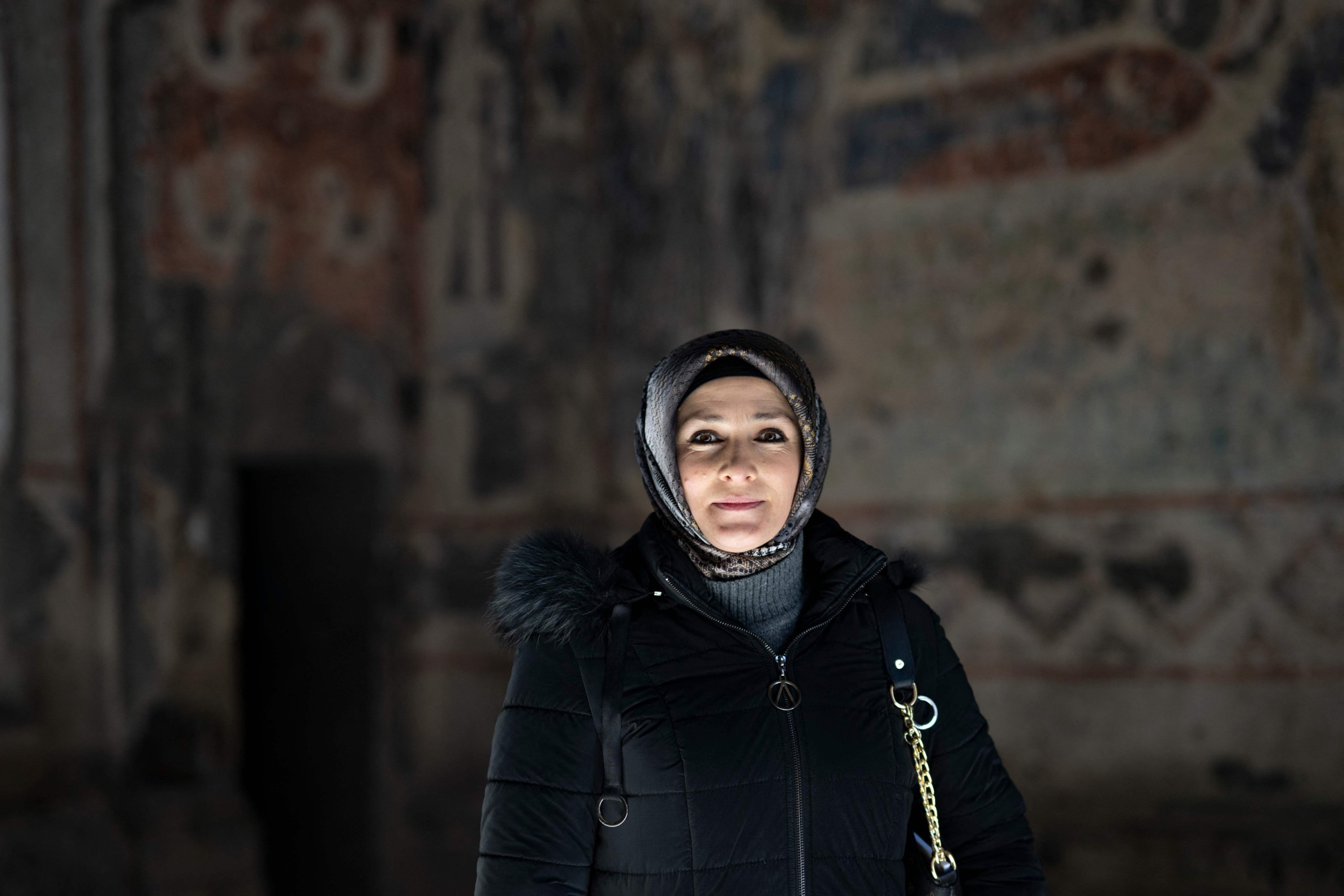
Haunting beauty
For years, Ani was off-limits for tourists, and a military permit was required to visit. But local authorities are now keen to promote its haunting beauty and neighboring Kars.
With 5.5 million euros ($6 million) in funding, mostly from the European Union, they hope to draw more visitors.
Gonca Pabuçcu, deputy head of the archaeological team at Ani, said restoration and conservation work has been ongoing for several years.
“Our aim is not only to unearth these structures but also to preserve what we have unearthed” so tourists can visit, she said.
Akçayöz said 80 to 85% of the site has yet to be explored.
“Ani has an underground world as big as what is on the surface. In the caves around Ani, there are churches, mosques, and places of worship. Not many people know this.”
Akçayöz looks to the legacy of the Turkish-Armenian journalist Hrant Dink, who helped spark an unprecedented – if fleeting – period of dialogue and detente between the two peoples in the early 2000s.
When Dink was shot dead outside his Istanbul newspaper office in 2007 by a teenage Turkish ultra-nationalist, tens of thousands of Turks took to the streets to express their horror, chanting, “We are all Armenians, we are all Hrant Dink.”

‘Who will cure us?’
Akcayöz pointed to a famous speech Dink gave a year before his murder, saying denial and blame about the past had made Turks and Armenians both “clinically ill … Armenians with their trauma, Turks with their paranoia.”
“Who will cure us?” Dink asked. “The Armenians are the Turks’ doctors – the Turks are the Armenians’ doctors,” he said.
Akçayöz believes Dink’s vision can help end the impasse.
“There’s no other way out than peace,” he said.
A local Turkish official, who wished to remain anonymous, said Ani was more prone to politicization than other archaeological sites.
“It is still a religious capital for Armenians and the first city captured in Anatolia by Turks,” he said.
Opening the sealed border would naturally increase visitor numbers, he said. “Armenians would want their grandchildren to see this site,” he said.
“We cannot build a future on past tragedies.”

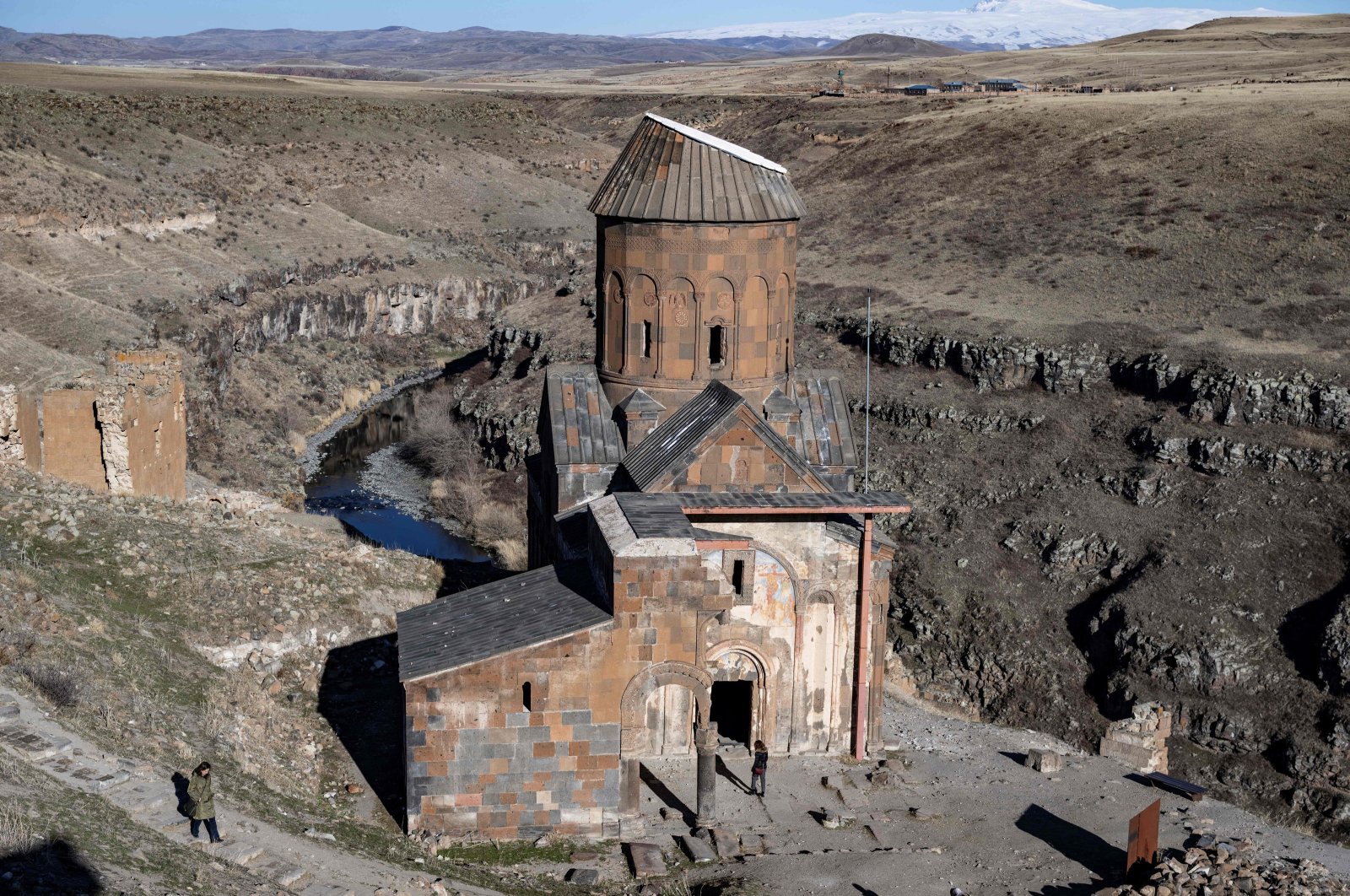



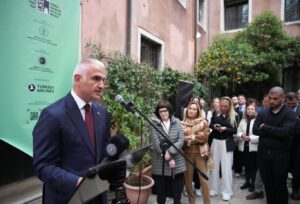

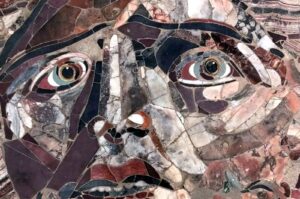
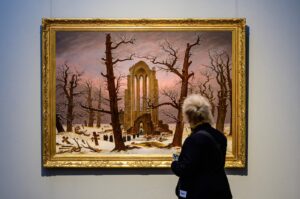
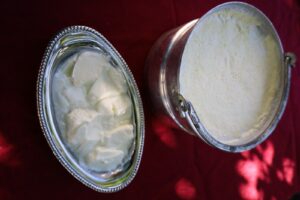
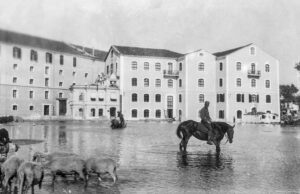
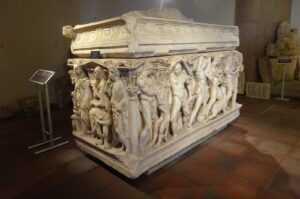
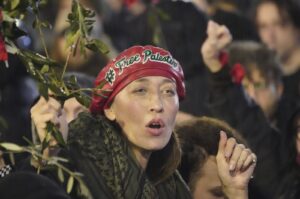

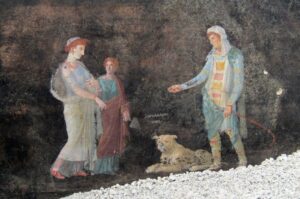
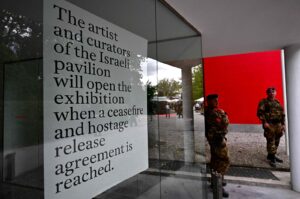
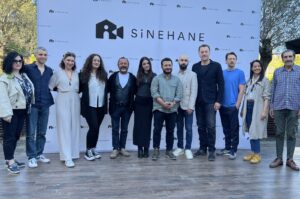


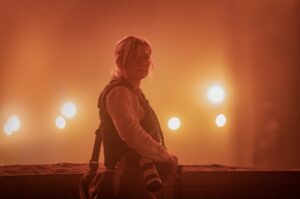
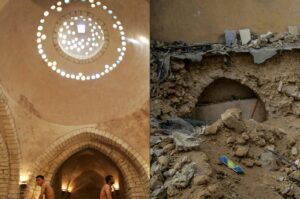

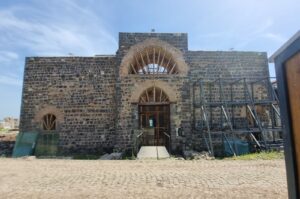
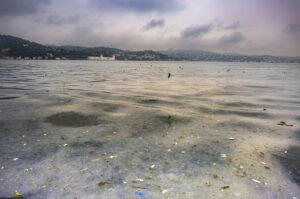
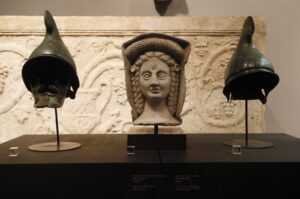
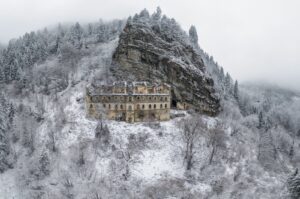
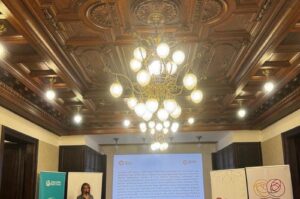
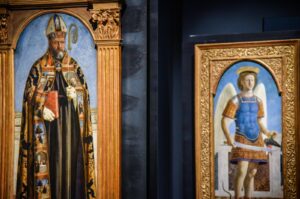

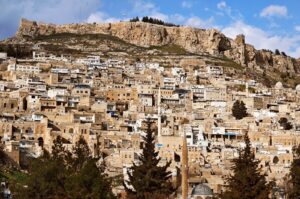
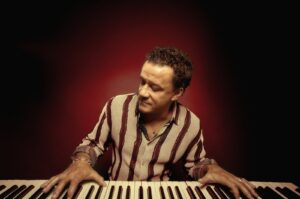
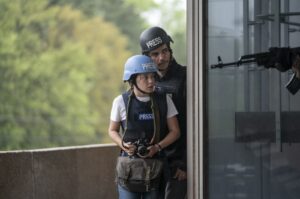
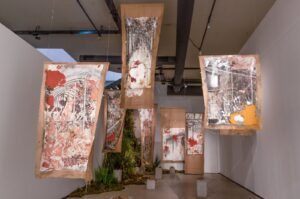
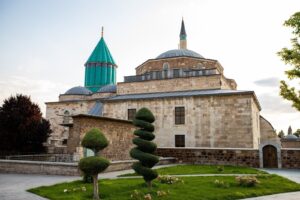

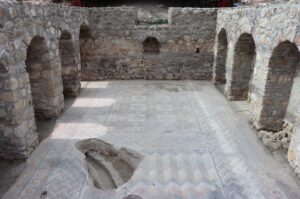

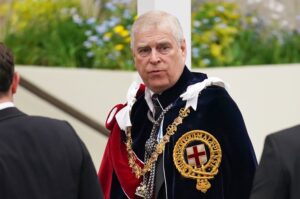
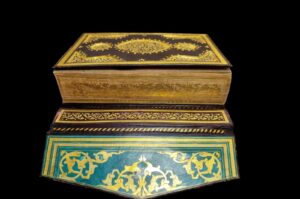




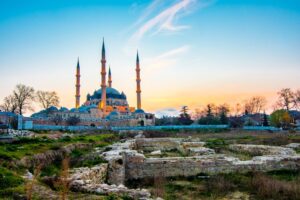




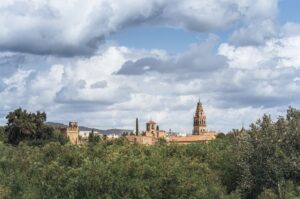
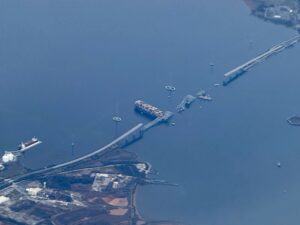
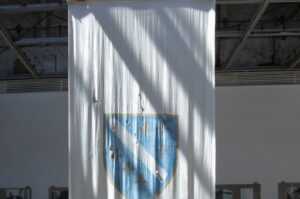

Be First to Comment